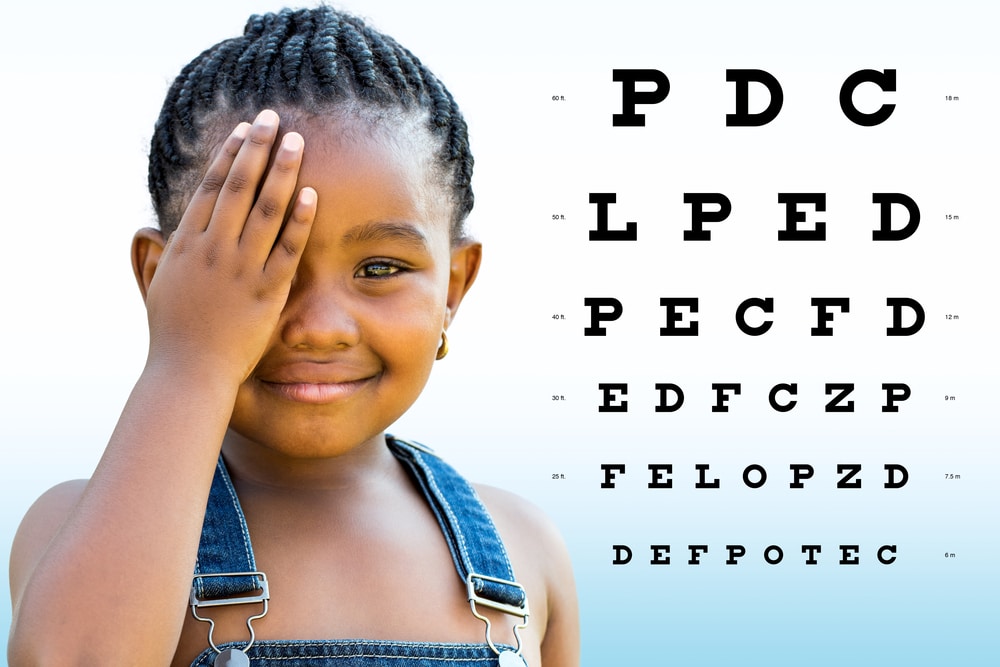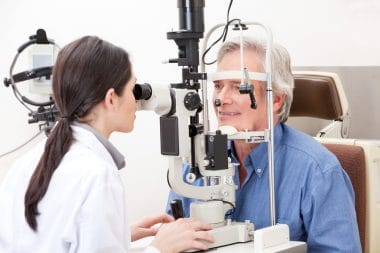One in three people who have diabetes don’t even know they’re afflicted by the medical condition. One way it can be detected is through an eye exam, if the disease has progressed to the point of causing diabetic retinopathy. This is a medical issue that affects the eyes, and is a regular complication of diabetes. If not treated, diabetic retinopathy could lead to blindness.
Diabetes has many effects upon the body. Some of them involve the eyes. Cataracts are a common side effect, and are the major cause of vision loss as they block light from being able to get through the retina. With diabetic retinopathy, blood vessels in the eye will begin to leak, the retina will often swell, and deposits can form upon the retinas.
Previously, detecting these effects accurately required medical specialists who had specific training in diabetic retinopathy. A new test might offer some help to the medical community though. Artificial intelligence is being used to interpret medical imaging much more accurately than untrained medical personnel can, and increasing the likelihood of early detection.
By using deep neural networks to provide computing horsepower, the artificial intelligence system was able to score past ninety percent in trial runs of evaluating photographic series for diabetic retinopathy. If the system can be included in standard medical screens, it would be a boost to both doctors and patients.
Artificial intelligence can reduce the complications of diabetes and save your sight. #HealthStatus
Follow HealthStatus
Tweet Now
Key Points:
- 1Detecting diabetic retinopathy requires special medical training that isn’t regularly available to most medical personnel.
- 2New artificial intelligence systems backed by deep neural networks are able to detect diabetic retinopathy with ninety percent accuracy.
- 3Automated screening for diabetic retinopathy could make it easy to include in routine medical exams, increasing early detection.








Reply